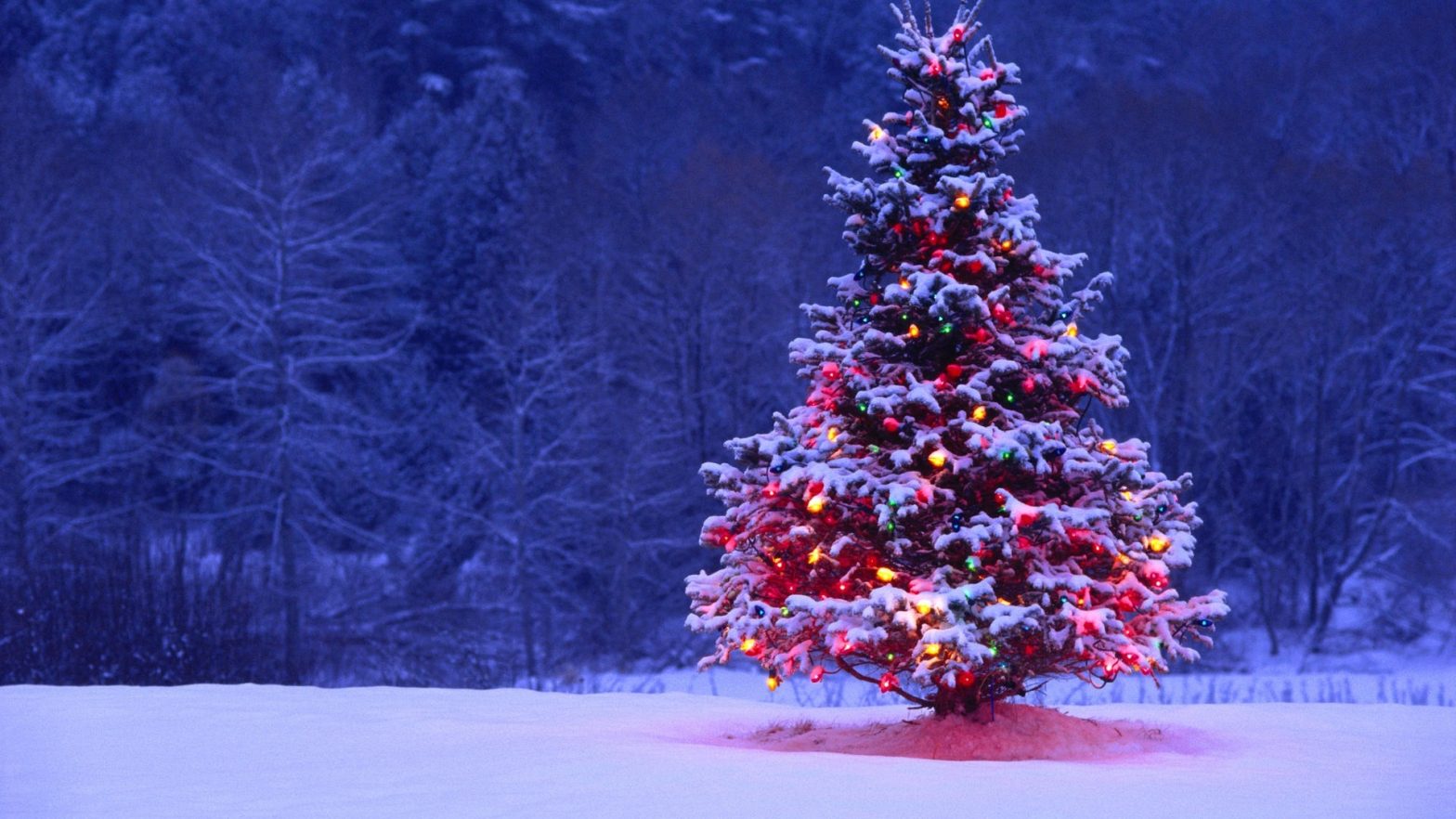Christmas is celebrated in every continent on Earth, and each country has their own twist to the 2,000 year-old holiday. Some celebrate its religious significance, whilst others simply enjoy the festive holiday spirit. In Europe alone, numerous different traditions can be observed between countries. Below are a few unique ways some Europeans like to celebrate Christmas Day and the weeks leading up to it.
Austria has what might be the most terrifying Christmas tradition of all, involving the half-goat, half-demon mythological creature called ‘Krampus’. As the opposite of St Nich, Krampus visits mischievous children and punishes them for having misbehaved. Today, Krampus parades are held in Alpine towns, where men dress up as the monster and march to eerie music.
The celebration of St Lucia Day on the 13th December plays an important part in Sweden’s culture. St Lucia is said to have been a young Christian martyr who brought food to the persecuted Christians hiding from the Romans. She put candles in the wreath around her head to free up her hands so she could carry as much food as possible. Today, Swedes celebrate her martyrdom with concerts where young girls dress up as St Lucia and sing carols. A special type of saffron-flavoured bun called ‘Lussebulle’ is also baked and eaten around this time.
Christmas in Italy is all about family. After a large Christmas meal featuring fish, vegetables and desserts like panettone, Italians typically gather together to drink and play games. Whilst gambling might not seem like an overly Christian activity for families to partake in, adults will often play a game of Five Card Stud poker for pennies, whilst children play a form of bingo known as Tombola.
A unique tradition in Germany involves children leaving a boot outside of their bedroom door on St Nicholas Day, December the 6th. Tradition goes that, if the children have been good, they will find gifts in place of the boot the following morning. If they’ve misbehaved, however, they might wake up to find a rod.
In France, it is common to burn a Yule Log on Christmas Eve. The log is usually from Cherry Wood, and sometimes has red wine poured over it so that it creates an especially pleasant scent when burned. The log can be left burning overnight, so as to warm Mary and baby Jesus should they pay a visit on Christmas Eve. The French ‘yule log’ may also refer to a type of desert commonly eaten in France throughout December, although ‘Buche de Noel’ is the more common name for this. Resembling the Cherry Wood log that gets burned in the fireplace, the Buche de Noel desert is a type of decorated chocolate roulade.
Ukraine has an especially unique but charming Christmas tradition involving a Christmas spider. An old folk tale tells the story of a widow and her children living in poverty, unable to afford Christmas decorations for the tree to which they’d long been tending. Upon waking up on Christmas Day, they discovered that the tree was covered in cobwebs. They opened the window, and as the sunlight shone in on the tree and turned the cobwebs into gold and silver. The family lived the rest of their lives wealthy and happy. In Ukraine, it is considered a sign of good luck to put a spider or cobweb decoration on the Christmas tree.
In the UK, children expect a visit from Father Christmas during the night following Christmas Eve. As a thank you for their presents, they leave out a plate of mince pies and glass of milk for Father Christmas to snack on before heading on to his next home. Some households also place a few carrots on a table overnight, so that Rudolph has something to eat too.
‘Epiphany’ is celebrated on the 6th of January in many European countries, including Spain. For Spanish children, the main gift-giving day is not Christmas Day but Epiphany, the holiday commemorating the day that God reveals that Jesus Christ is his son, and the gift-bearing Three Kings visit Joseph and Mary.
Advent is hugely important in Poland, and marks the beginning of the Christmas celebratory period. Unlike in other countries, where the weeks before Christmas are characterised by a lot of shopping, parties and sweets, it is more common in Poland to be peaceful, self-reflective and disciplined during this time. Polish families will sometimes give up their favourite foods and even fast, as well as regularly go to Church. It’s also important to prepare one’s house for Christmas in Poland, meaning a lot of cleaning and decorating. During Advent, some families handcraft their own decorations and make gingerbread houses.
In Finland, it is common to relax in a sauna before celebrating Christmas. Throughout Finnish history, the sauna has been regarded as a place of ‘purity’. Rural folk used to believe that the spirits of dead ancestors would gather inside the sauna after sunset.
As evidenced above, no two countries celebrate Christmas in exactly the same way. Indeed, no two families have the exact same traditions, which is part of what makes the holiday so special.

